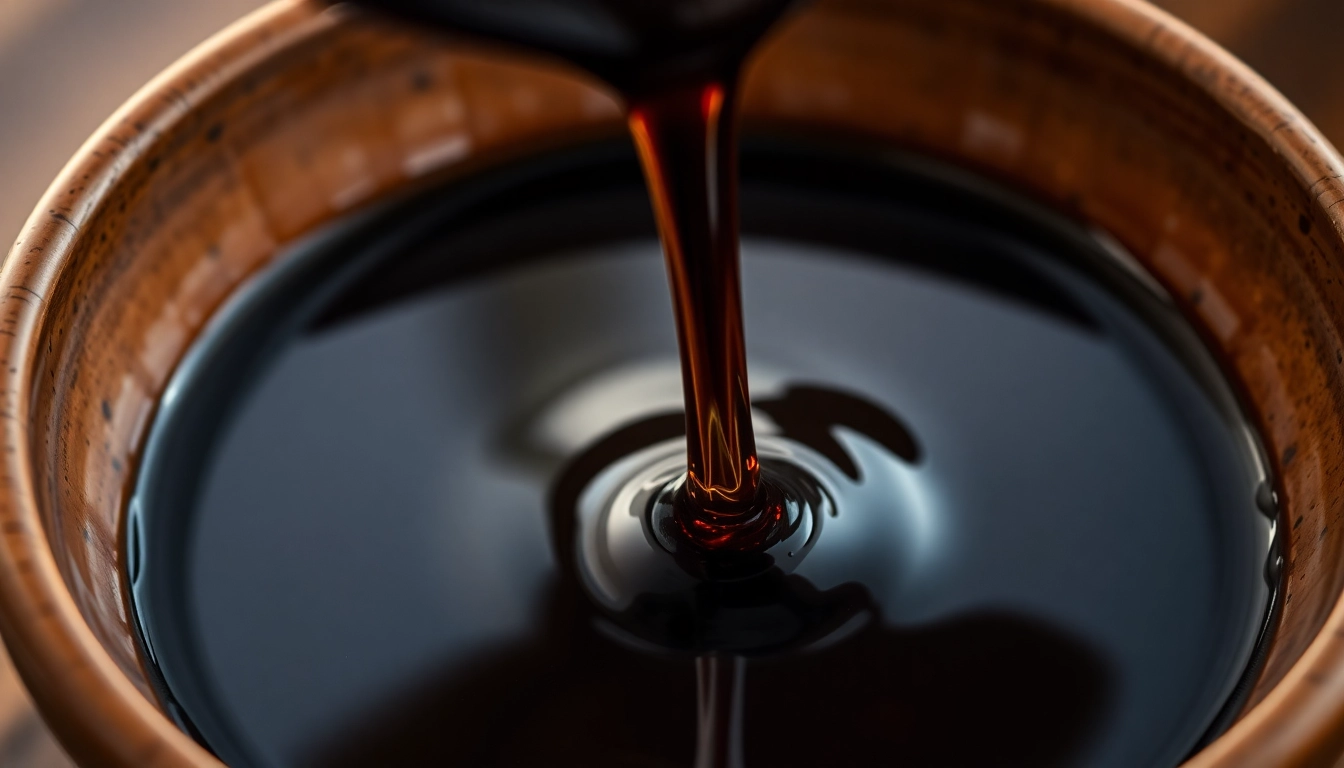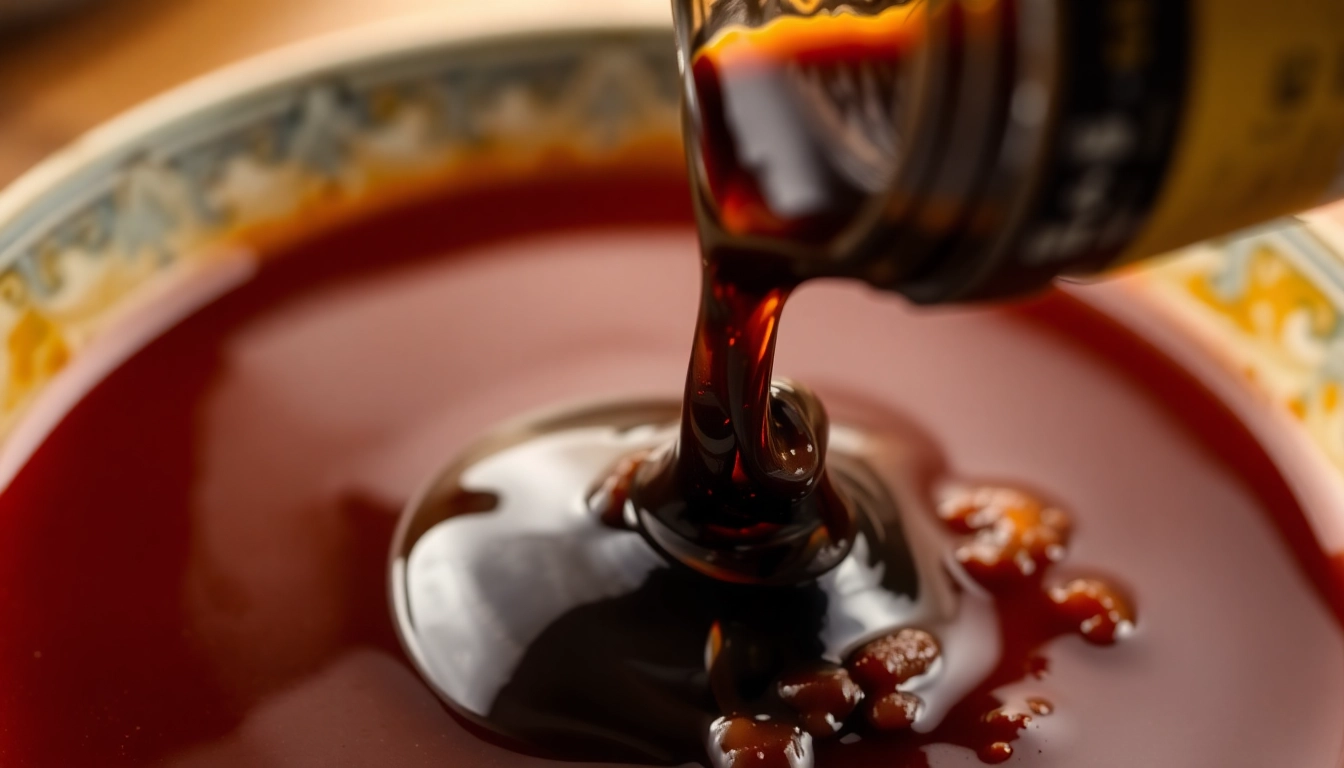Introduction to the Term DILF: Origins and Meaning
The term dilf is a colloquial acronym that stands for “Dad/Daddy I’d Like to F*.” It is a playful yet provocative phrase used to describe an older, mature man who exudes attractiveness and sexual appeal. Unlike the term MILF, which emphasizes a woman’s attractiveness, DILF centers on a man’s appeal, often highlighting qualities like masculinity, confidence, and a certain rugged charm. The term gained popularity in recent decades but has roots that stretch back into popular culture and internet communities, becoming an integral part of modern slang and social dialogue.
Initially emerging as a humorous counterpart to MILF, DILF has evolved from a niche joke to a widely recognized descriptor for a specific archetype of attractive older men. Not necessarily fathers, these men are often characterized by their mature aura, physical fitness, and confident demeanor. The term’s rise reflects broader cultural shifts that celebrate maturity, masculinity, and self-assuredness in men of a certain age. As with many slang terms, DILF’s popularity has been bolstered by media portrayals, internet memes, and social media communities, making it both a cultural phenomenon and a symbol of admiration for older masculinity.
Cultural Origins and Popularization in Media
From “American Pie” to “Riverdale”
The phrase DILF, much like MILF before it, was popularized in the early 2000s, notably through the American Pie franchise. The 2009 film American Pie Presents: The Book of Love introduced a comedic character who embodies the archetype—a father figure portrayed as attractive and desirable, played in a humorous context. This film contributed to bringing the term into mainstream awareness, albeit initially in a playful and somewhat risqué manner.
Beyond Hollywood, television series have also played a role in cementing the archetype. For instance, the popular Netflix series Riverdale, which began in 2017, features Fred Andrews, a character often described by fans as a quintessential dilf. Fred’s character exudes confidence, maturity, and a rugged charm that resonates with viewers, further propelling the popularity of the term. These portrayals helped shift the perception of older men from being solely paternal figures to being objects of admiration and attraction.
The Rise of DILF in Pop Culture and Internet Communities
The term DILF’s rise has been significantly fueled by its adoption in internet culture and social media. Platforms like Reddit, Instagram, and TikTok have played pivotal roles in spreading and normalizing the term. Online communities such as r/DILFs on Reddit, which gathers nearly 100,000 members, serve as hubs where fans share photos, memes, and discussions celebrating attractive older men. These digital spaces have helped cultivate a sense of camaraderie and admiration, making the archetype more mainstream and socially accepted.
Instagram accounts like DILFs of Disneyland, with over 300,000 followers, showcase photos of DILFs in casual, family-friendly settings, often highlighting their charm and attractiveness in everyday environments. Such accounts blur the lines between humor, admiration, and sexualization, reflecting broader societal trends that embrace older masculinity as desirable and aspirational.
Characteristics That Define a DILF
Physical Features and Style
One of the most recognizable aspects of a dilf is physical appeal. Typically, these men are depicted as fit, often with a muscular or toned physique that hints at a healthy lifestyle. Their grooming tends to be neat but not overly meticulous—think stubble or light beard, well-maintained hair, and a confident stance. The style tends to be casual yet masculine: well-fitted jeans, leather jackets, or designer casual wear that accentuates their physique.
Many DILFs are portrayed with features associated with classic masculinity—broad shoulders, strong jawlines, and piercing eyes. However, attractiveness isn’t solely based on looks; charm and charisma play crucial roles. The visual appeal of a DILF often combines attractiveness with an air of confidence and maturity that signals life experience and self-assurance.
Personality Traits and Confidence
Beyond physical features, personality traits significantly contribute to the DILF archetype. Confidence is often cited as the most attractive trait—DILFs exude self-assuredness without arrogance. They tend to be depicted as protective, responsible, and emotionally mature, qualities that appeal to many who admire stability and strength in a partner or role model.
Humor, kindness, and a laid-back attitude further enhance their appeal. The combination of physical attractiveness and a charismatic personality makes DILFs not just desirable but also approachable and relatable. This blend of maturity, confidence, and charm is what distinguishes a DILF from other attractive older men.
In Modern Media and Entertainment
Notable Characters and Celebrities
Several characters in media and entertainment have been identified as quintessential DILFs, shaping public perception of the archetype. For example, actor George Clooney, often celebrated for his timeless charm and sophistication, is frequently labeled a DILF by fans and media alike. Clooney’s combination of good looks, confidence, and mature persona epitomizes what many consider the ideal DILF.
Similarly, actors like Dwayne “The Rock” Johnson and Jason Momoa, both known for their muscular builds and charismatic personalities, are often associated with the DILF archetype. Their roles in movies and TV shows portray them as strong, protective figures—adding to their appeal among fans seeking the mature, attractive man.
In fictional worlds, characters like Baldur’s Gate’s Daddy Halsin—who is revered for his protective and strong personality—have gained a cult following. Fans affectionately call him the “Daddy” because of his appearance and demeanor, further cementing the archetype in popular culture.
Impact on Public Perceptions
The portrayal of DILFs in media has had a noticeable impact on how society perceives masculinity and attractiveness among older men. The archetype challenges stereotypical notions that only young men are desirable, emphasizing instead qualities like confidence, maturity, and emotional stability. This shift has contributed to a broader acceptance and celebration of older masculinity, encouraging men to embrace their age and attributes confidently.
The Role of DILFs in Internet Culture
Social Media Accounts like DILFs of Disneyland
Social media platforms have played a pivotal role in popularizing the DILF phenomenon. Accounts like DILFs of Disneyland showcase images of attractive older men spending quality time with their families at a family-friendly environment, often capturing moments that highlight their charm and appeal. These accounts foster a sense of community among fans and serve as a source of inspiration and admiration.
The candid and humorous tone of these accounts often balances between celebration and satire, reflecting society’s growing acceptance and curiosity about older masculinity. They also emphasize that attractiveness isn’t solely linked to youth but can be associated with charisma, confidence, and personality.
Online Communities and Fandoms
Communities such as r/DILFs on Reddit serve as hubs where fans share photos, memes, and discussions about their favorite DILFs. These communities often include both men who embrace their attractiveness and fans who admire and celebrate these figures. The community culture is generally inclusive, humorous, and respectful, fostering a positive environment for discussions about masculinity and attractiveness.
These online spaces have contributed significantly to dismantling stereotypes around aging and masculinity, promoting a narrative that older men can be just as desirable, if not more so, than their younger counterparts.
The Sexualization and Popularity of DILF Content
Trends in Adult Entertainment and Tagging
The popularity of DILF has extended into the adult entertainment industry, where it is now a prevalent tag used to categorize videos and images. The term’s use in adult content signifies a recognition of a specific archetype—older, attractive men who appeal to a particular audience. This trend aligns with the broader cultural acceptance and celebration of mature masculinity.
Search engines and adult platforms record a significant volume of searches for DILF-related content, illustrating its widespread popularity. The term’s visibility in adult entertainment helps normalize the attraction toward older men, further challenging stereotypes that only youth is desirable.
The Humor and Admiration Behind the Term
While the term DILF is often used humorously, it also carries genuine admiration. The humor often lies in the playful juxtaposition of the word “dad” with sexual attractiveness, creating an amusing contrast that resonates with many users. This duality allows the term to be both lighthearted and respectful, celebrating the attractiveness of older men without reducing them to stereotypes.
Many fans and media portrayals emphasize qualities like strength, confidence, and kindness, making the term a badge of honor for those who embody the archetype. The popularity of DILF content highlights society’s evolving recognition that attractiveness is multidimensional and not confined to youth alone.
Why the DILF Archetype Resonates Today
Cultural Shifts Towards Maturity and Confidence
Today’s cultural landscape increasingly values maturity, confidence, and authenticity. The rise of the DILF archetype mirrors this shift, as society moves away from superficial ideals focused solely on youth and embraces qualities like emotional intelligence, stability, and self-assurance.
Older men who exude confidence and charisma are seen as more attractive because they embody life experience and a sense of security. The DILF archetype aligns with contemporary values that prioritize authenticity and self-acceptance, making it highly resonant with modern audiences.
The Appeal of Older Masculinity
The appeal of older masculinity lies in the combination of physical maturity and emotional depth. DILFs often display a rugged charm that suggests strength, reliability, and a nurturing side—traits that are increasingly appreciated in romantic and social contexts. This archetype also challenges traditional notions that only youth can be attractive, opening up new avenues of admiration and desire for older men.
The cultural shift toward celebrating all stages of life has helped normalize and elevate the DILF archetype, making it a symbol of confidence, maturity, and attractiveness that appeals across generations.
Conclusion: Embracing the DILF Phenomenon
The dilf archetype encapsulates a fascinating intersection of humor, admiration, and cultural evolution. From its origins in pop culture and media to its prominence in internet communities and adult entertainment, the term has become a symbol of celebrating older masculinity. It challenges stereotypes about aging, emphasizing that attractiveness and desirability can grow with age, confidence, and personality.
As societal attitudes continue to evolve, the appeal of the DILF archetype is likely to grow even more. It represents a broader appreciation for maturity, strength, and charisma—traits that remain attractive regardless of age. Whether used as a humorous nickname or a serious compliment, DILF embodies a modern celebration of the older, attractive man in today’s diverse and inclusive culture.
Understanding and embracing the DILF phenomenon helps foster a more inclusive view of attractiveness and masculinity, emphasizing that confidence and charisma are timeless qualities. So, whether in media, online communities, or everyday life, the DILF archetype continues to resonate as a symbol of mature appeal and enduring charm.





